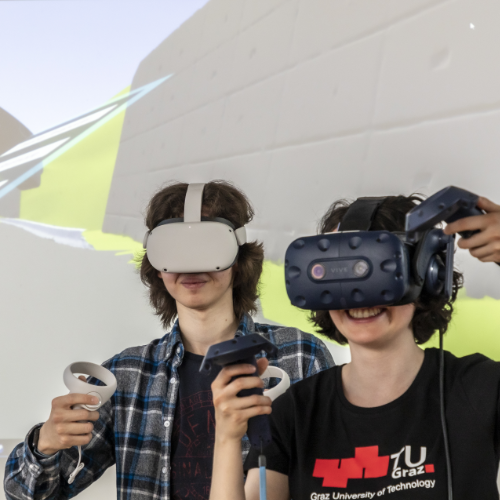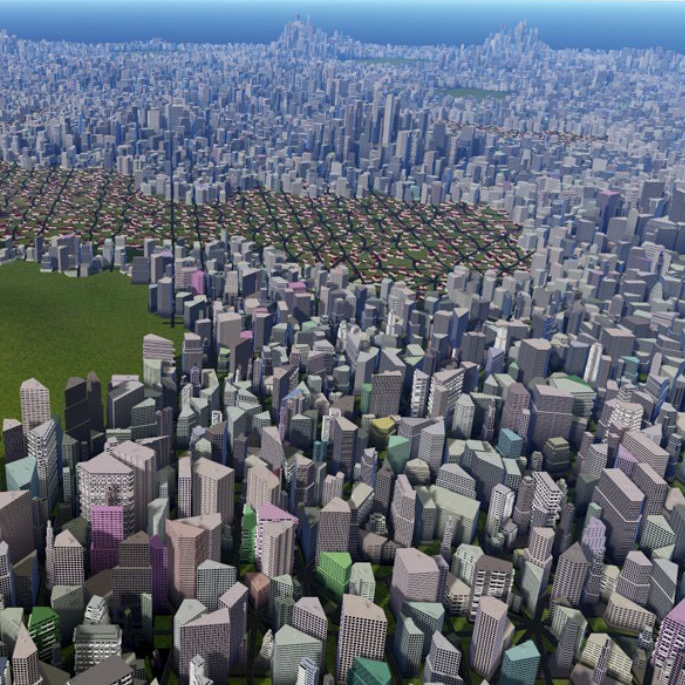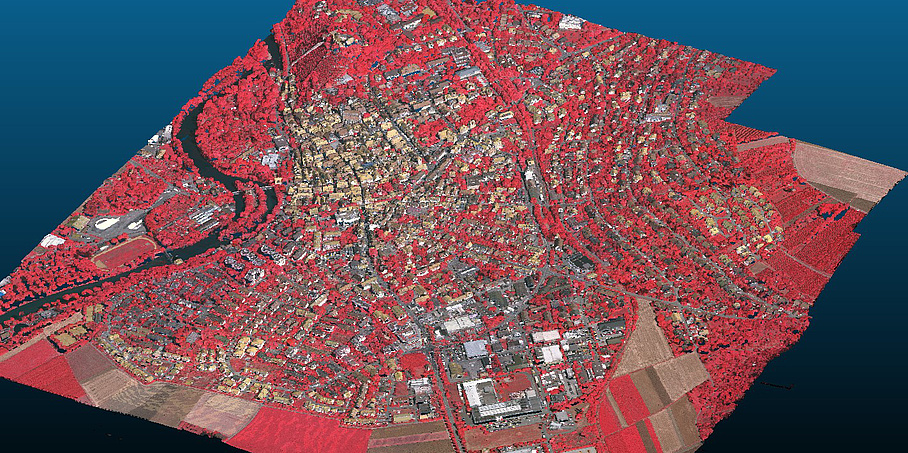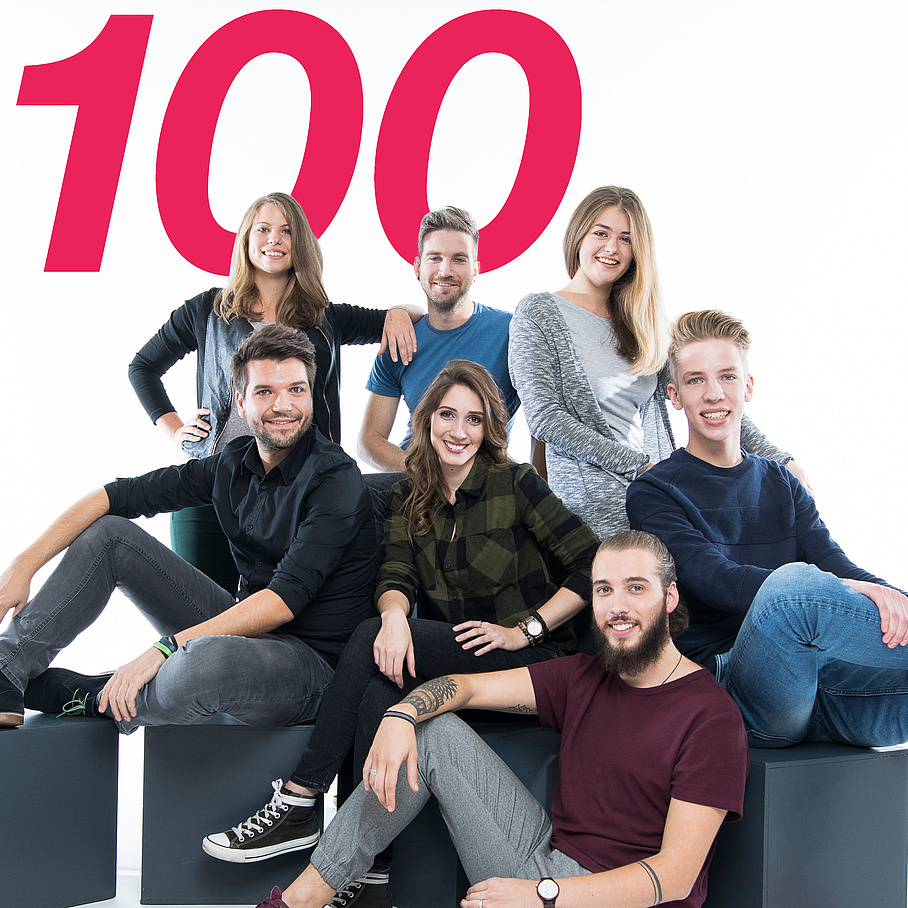
To acquire this specialist knowledge, you can complete the major in Visual Computing as part of the following master’s degree programmes:
- Computer Science
Do you want to be a member of the generation that’s helping to shape the future? Hot topics include information security and robotics, machine learning and artificial intelligence.
- Information and Computer Engineering
Do you want to be among those who build the newest secure processors of the future? Combine information security know-how with information technology.
- Softwareentwicklung und Management
Are you planning to set up your own company one day? Combine information security with management skills!
Depending on the degree programme, the Data Science major includes courses to the extent of 40 to 60 ECTS credit points.
Visual Computing in Degree Programmes
Today, more and more information is represented as digital images and visual simulations. This is also reflected in numerous current application areas, such as social networks, industrial quality control, medical imaging, autonomous driving, robotic navigation, multimedia systems and video games.
Students majoring in Visual Computing learn the basic methods of image processing, pattern recognition and real-time graphics. Upon graduation, they will have fundamental knowledge of computer vision and 3D object modelling. Furthermore, they have advanced knowledge of mathematics, optimisation and machine learning. The areas of computer graphics, geometry processing and GPU programming are also addressed in advanced courses.

For questions on the content of the Major:
deansoffice.csbme@tugraz.at
Faculty of Computer Science and Biomedical Engineering
For questions about admission:
study@tugraz.at
Visual Computing Research

Research Areas
At TU Graz, research is being carried out on a wide variety of topics in the field of visual computing at both the Institute of Computer Graphics and Vision and the Institute of Computer Graphics and Knowledge Visualisation. This research includes, among other things, various methods of visualisation, rendering, virtual reality, augmented reality, object recognition and reconstruction, machine learning, medical imaging and robot vision. Further core research fields include the areas of geometry modelling and processing as well as digital libraries and associated research areas CAGD (Computer Aided Geometric Design), virtual reality and cultural heritage.



